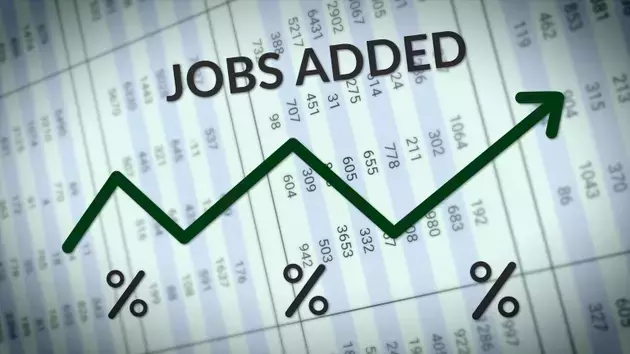
The United States economy demonstrated unexpected strength in September, with job growth surpassing predictions, according to the recent report from the Department of Labor. This robust performance bolsters the expectation that the third quarter's Gross Domestic Product (GDP) will showcase significant economic expansion, alleviating previous concerns about a potential slowdown. Concurrently, the TMC Recession Probability Indicator continues to signal a low risk of an economic contraction in the near term. This economic resilience, however, creates a complex environment for policymakers, especially with the absence of October's employment figures, leaving the Federal Reserve with limited fresh data as they approach the critical December policy meeting amidst divergent views on the economy's future direction.
The September jobs report, which faced delays in its release, painted a picture of a dynamic labor market. The number of new payrolls added during the month exceeded consensus forecasts, indicating that businesses continued to expand and hire at a healthy pace. This sustained job creation is a key indicator of underlying economic vitality and consumer confidence, contributing positively to overall economic sentiment. The labor market's robustness suggests that the economy possesses a strong momentum that could carry into the final quarter of the year.
Furthermore, the encouraging job figures have provided reassurance regarding the overall health of the economy, particularly in light of the TMC Recession Probability Indicator. This analytical tool, designed to assess the likelihood of an economic downturn, currently indicates a minimal risk of recession. Such an assessment can influence investment strategies and business planning, fostering a more optimistic outlook among market participants.
However, the path forward is not without its complexities for monetary policymakers. The lack of October jobs data introduces a significant challenge for the Federal Reserve as it prepares for its December policy meeting. Without this crucial piece of information, the Fed will have to navigate a landscape characterized by diverse economic interpretations and a higher degree of uncertainty. This situation underscores the delicate balance required in setting monetary policy, especially when economic indicators present a mixed or incomplete picture.
The stronger-than-anticipated job growth in September highlights the enduring strength of the U.S. economy, particularly in the third quarter. This positive momentum, coupled with a low recession probability, provides a foundation for continued economic stability. Nevertheless, the absence of upcoming data creates a void for policymakers, necessitating careful consideration and potentially cautious action as the Federal Reserve weighs its options for future economic policy adjustments.
